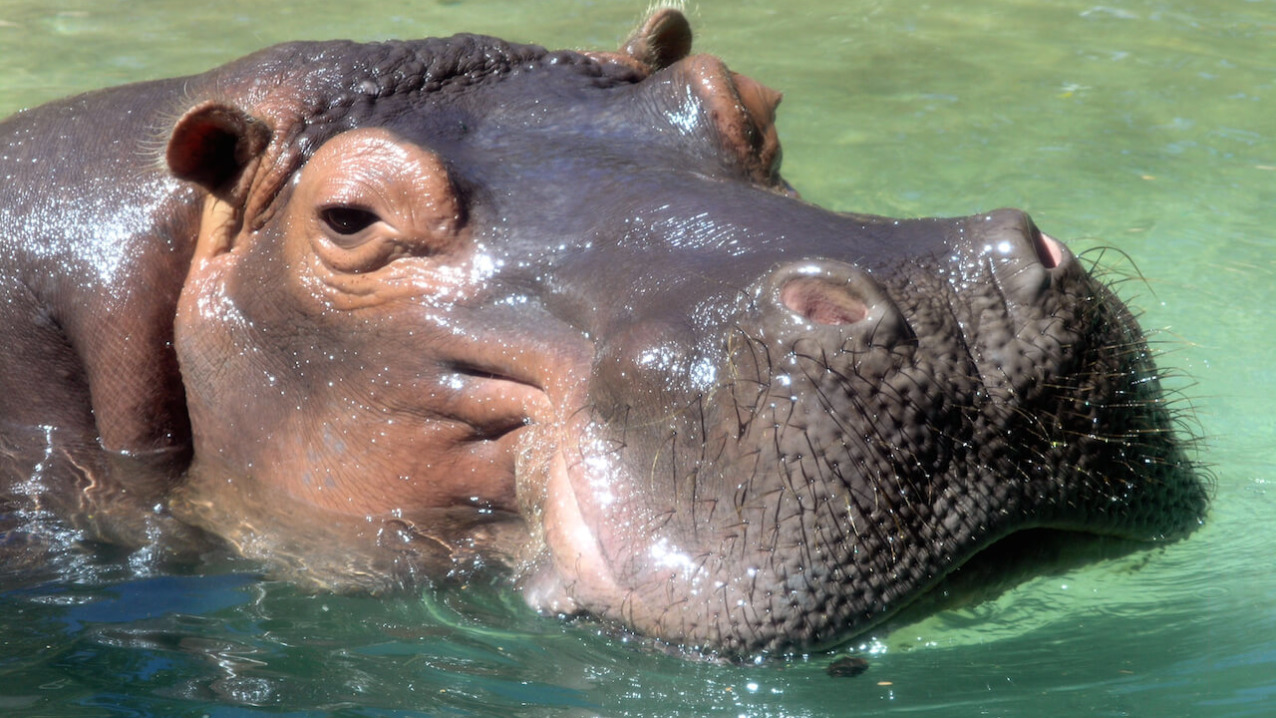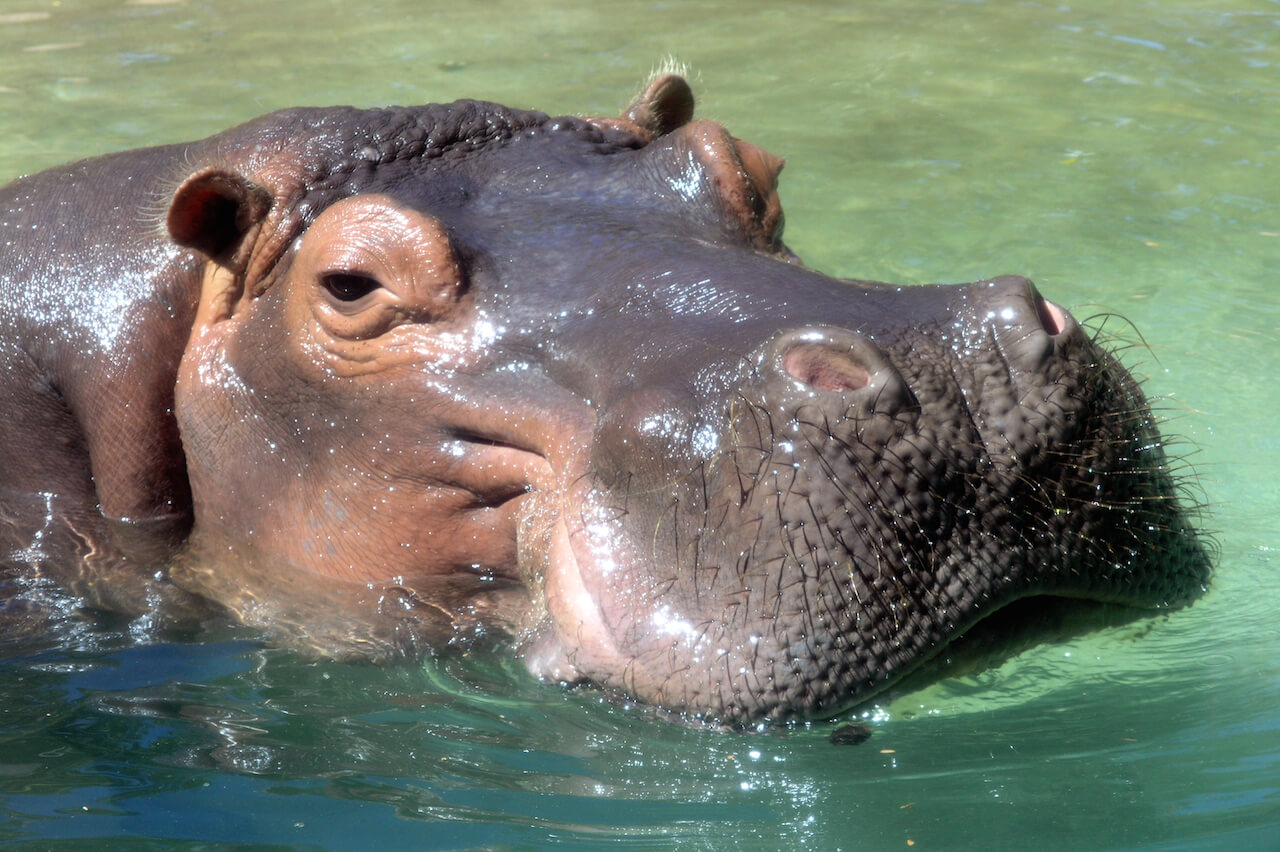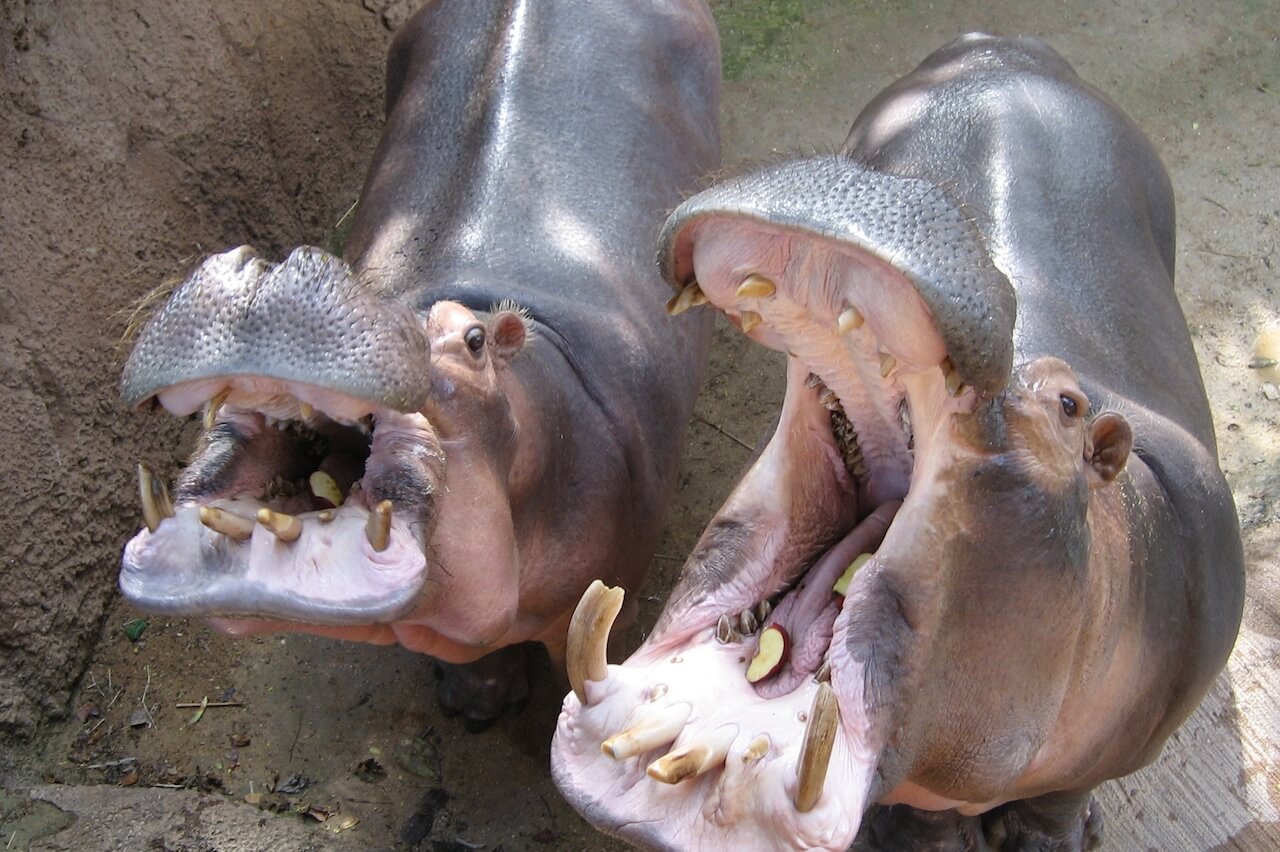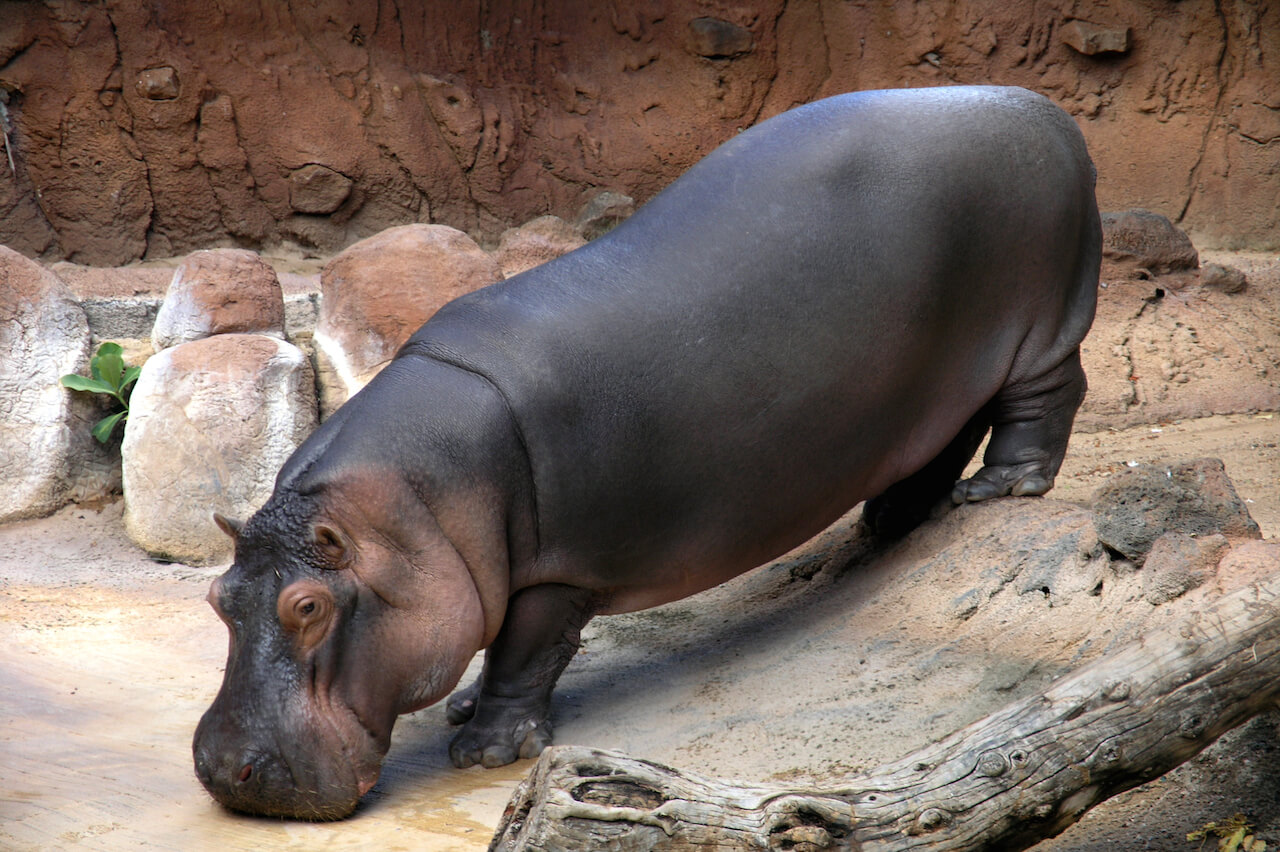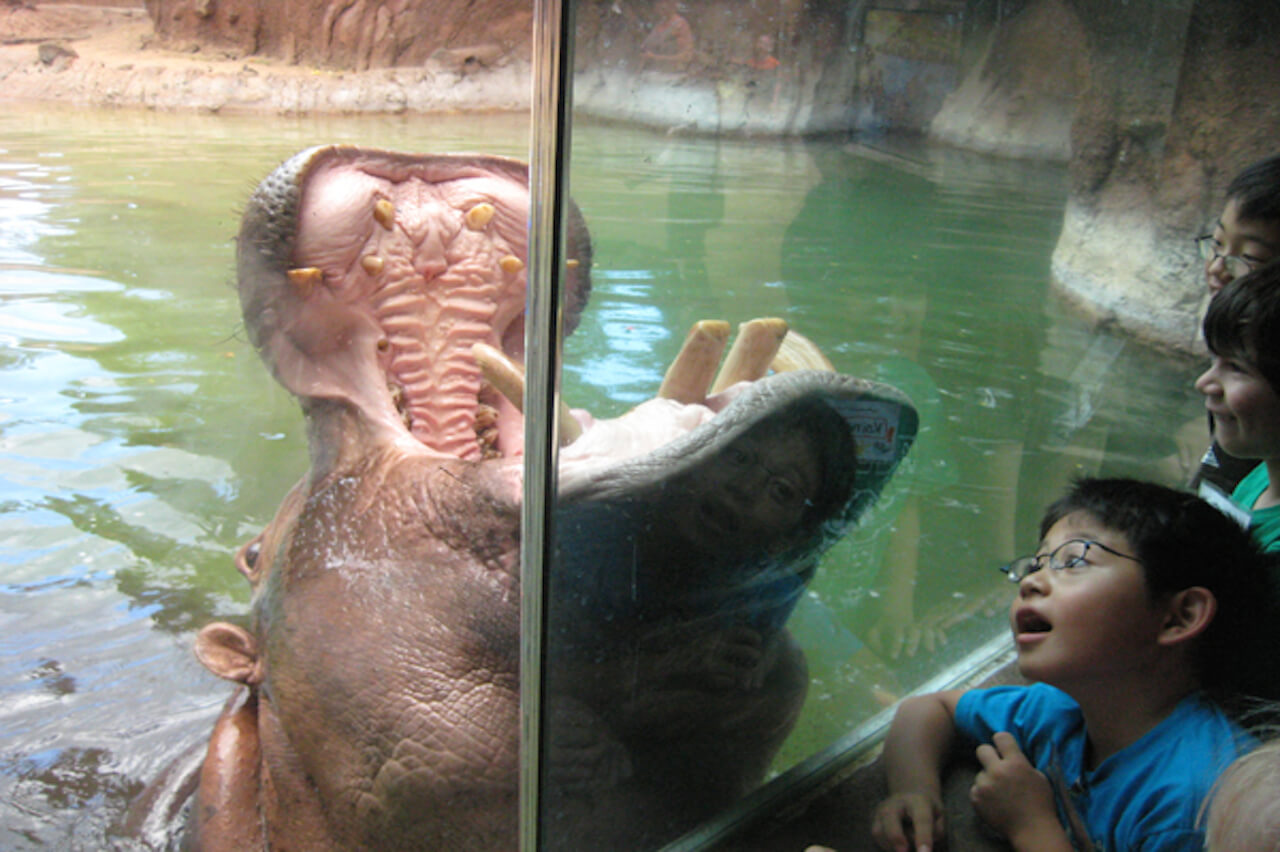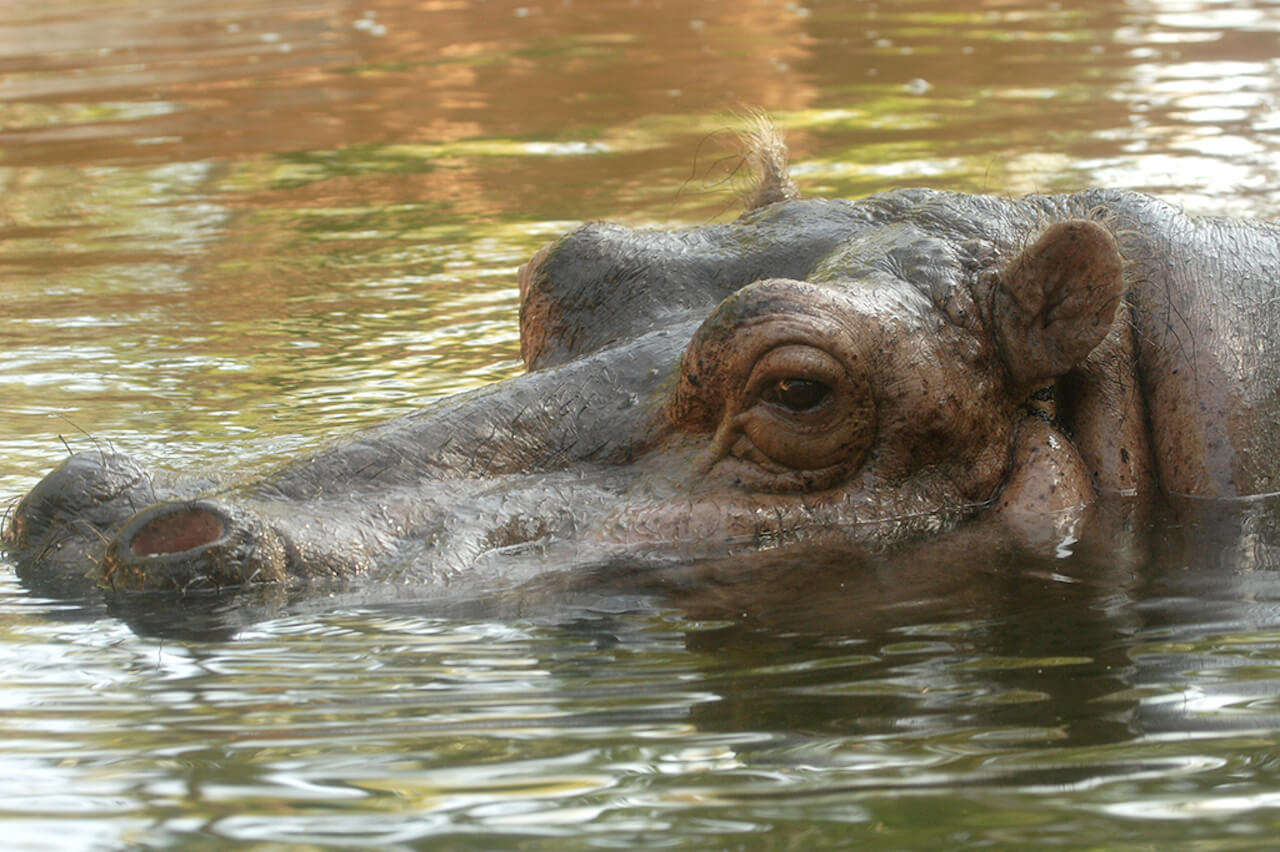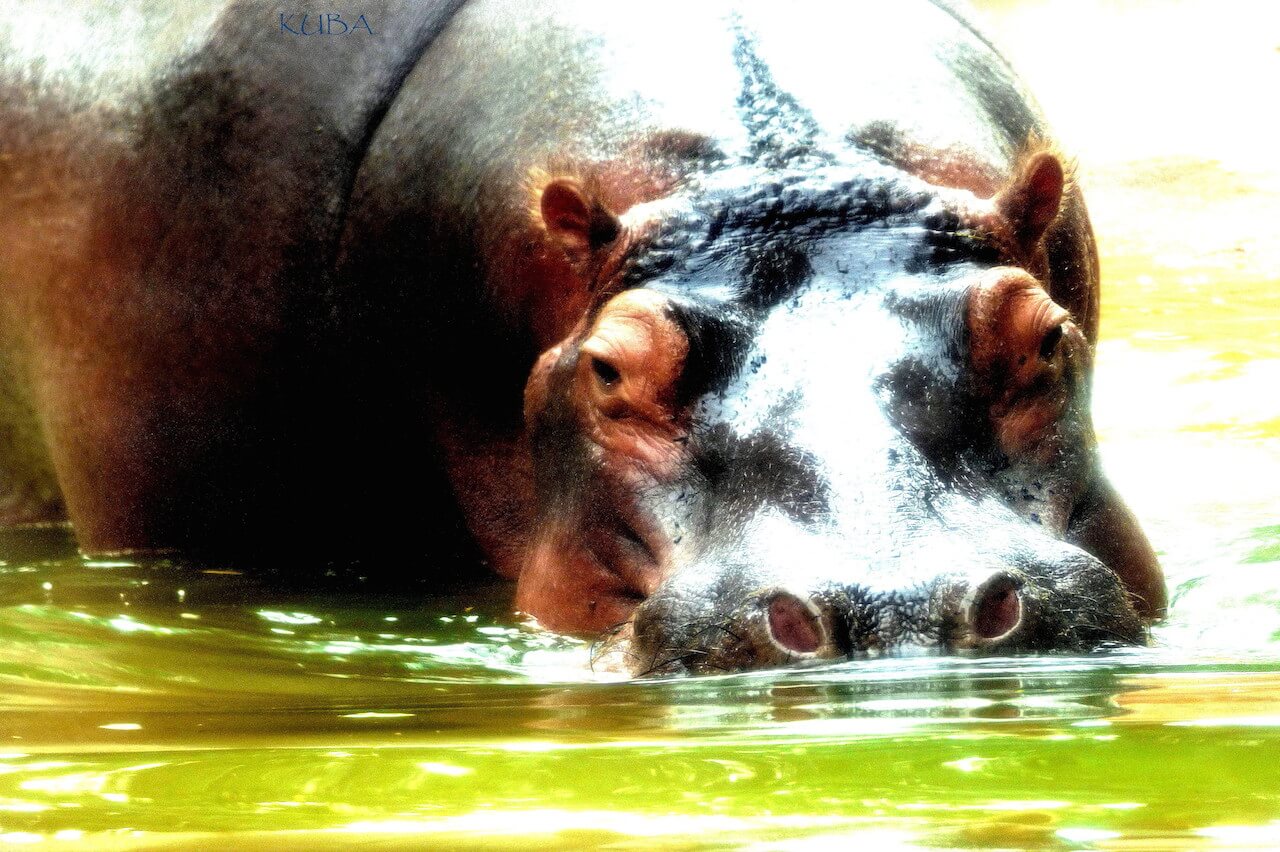hippopotamus amphibius
Hippopotamus
About Me
Scientific Name: Hippopotamus amphibius
Description
Hippopotamus is Greek for river horse. The hippo is the second or third largest land animal, depending on which rhino one is considering, and by far the largest river dweller. A mature bull is about 13 feet long, nose to tail, and measures five feet high at the shoulder. Hippos have a thin epidermis, and the rate of water loss through the skin in dry air is several times greater than in other mammals. Hence, the hippo must stay in the water or in a very humid habitat to prevent dehydration.
Fun Facts
- Although hippos might look docile, they are probably the most dangerous African animal.
- Hippos can stay totally submerged for up to six minutes and, having a high specific gravity, they can easily walk or run along the bottom during a dive.
- Kingdom: Animalia
- Phylum: Chordata
- Class: Mammalia
- Order: Artiodactyla
Hippopotamus is Greek for “river horse.” The hippo is the second or third largest land animal, depending on which rhino one is considering, and by far the largest river dweller. A mature bull is about 13 feet long, nose to tail, and measures five feet high at the shoulder.
Hippos have a thin epidermis, and the rate of water loss through the skin in dry air is several times greater than in other mammals. Hence, the hippo must stay in the water or in a very humid habitat to prevent dehydration.
Hippos have stubby little legs that could not possibly support its great bulk, over an average of forty years or so, without the buoyancy of water to relieve the burden.
They have a set of massive, razor sharp tusks found in the corners of the jaw and hidden away inside the folds of their fatty lips. The two tusks of the lower jaw can grow to a foot or more. Sharp incisors also line both jaws.
Hippos arrive at the water pool before sunrise and leave after dark. In the grass the hippos spread out and graze alone, except for females and their calves, who stay close together most of the night. Hippos will travel great distances to establish their natural grazing area.
Although hippos might look docile, they are probably the most dangerous African animal. They are not only aggressive and easily enraged, but they are also very unpredictable. On land, this 1-3 ton animal, over a short haul, can easily outrun a man.
Lions, leopards, hyenas, or wild dogs will occasionally take a baby. Only man hunts the adult.
The adult hippo’s only real enemy (other than man) is his pool mate. They bite, maim, and kill each other. The bulls fight over females in breeding season and quarrel over water space at all times, especially in dry season. When seen yawning, a hippo may actually be threatening another hippo.
Hippos can stay totally submerged for up to six minutes and, having a high specific gravity, they can easily walk or run along the bottom during a dive. When submerged, they close the valves of their nostrils and press their ears flat against the sides of their heads. The heart rate slows down, giving it more time underwater. When it surfaces, it is usually with a loud hiss, a snort, or distinctive grunt that sounds like a blast from a tuba.
At the river, lake or stream, the herd gathers in “schools” comprised of 20 or more. The configuration depends on the available space or depth of water, as the hippo needs to submerge itself up to its ears, protruding eyes, and nostrils (all conveniently placed on top of its head, like a crocodile or a frog) without exposing much else to the hot African sun. The hippo expends far less energy during the day in the water than he would on land.
An adult hippo eats more than 150 pounds of grass a night. These grazers tear up grass not with their teeth but with their lips. In the zoo, they eat zoo ration, alfalfa hay, trace minerals, and water free choice.
Hippos have a low mortality rate, and both males and females reproduce into old age. Longevity is 40 years or so. Females usually have their first calf at about 10 years of age.
A single calf is born at a time, rarely two, with a gestation period of 227-240 days. The calf weighs 60-100 pounds at birth and measures up to 3 feet long. Calves are sometimes born underwater and must swim to the surface for their first breath of air. They also nurse underwater some of the time. Young hippos occupy most of their time in the water standing on the backs of their mothers. Otherwise, the effort to keep afloat would wear them out.
Population
Male: 0
Female: 3 Cleopatra, Louise, Rosey (Kiboko)
Offspring: 0
Other Mammals
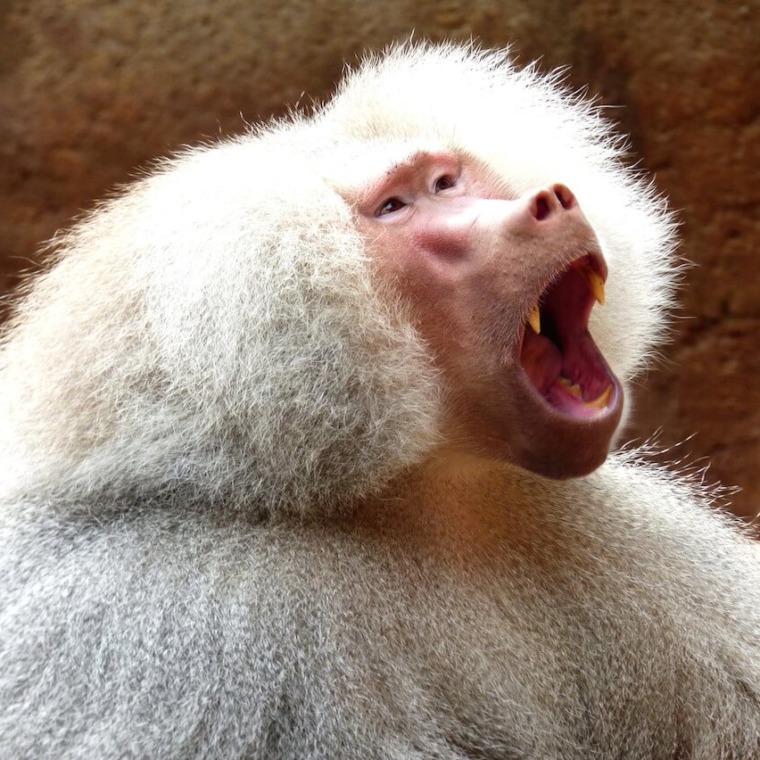
Sacred Baboons are common throughout northeastern Africa, but are extinct in the Nile region and Egypt, where they originally received their name and were worshiped by the ancient Egyptians.
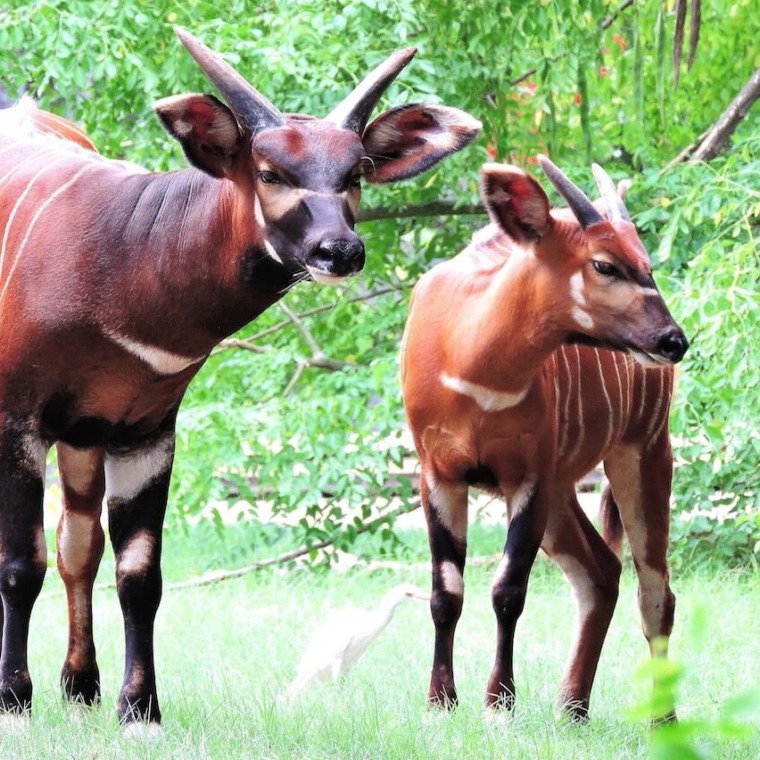
Bongo are most active at dawn and dusk, and often forage near the edges of wooded areas. They normally shy in the wild and flee into the forest for cover at the slightest provocation.
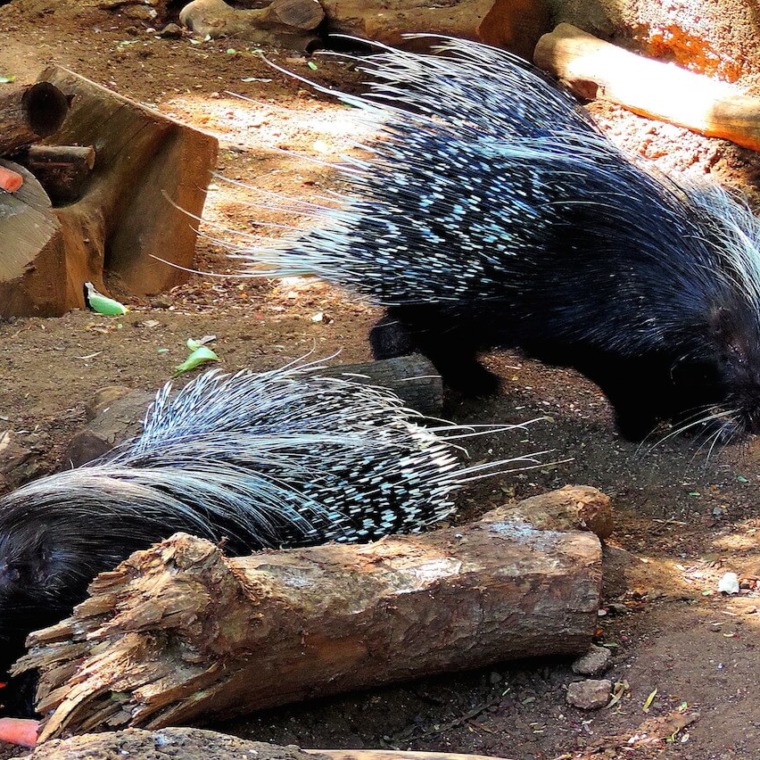
The North African crested porcupine is nocturnal. They are very adaptable and can be found in forests, on plantations, in rocky or mountainous areas as well as in deserts.
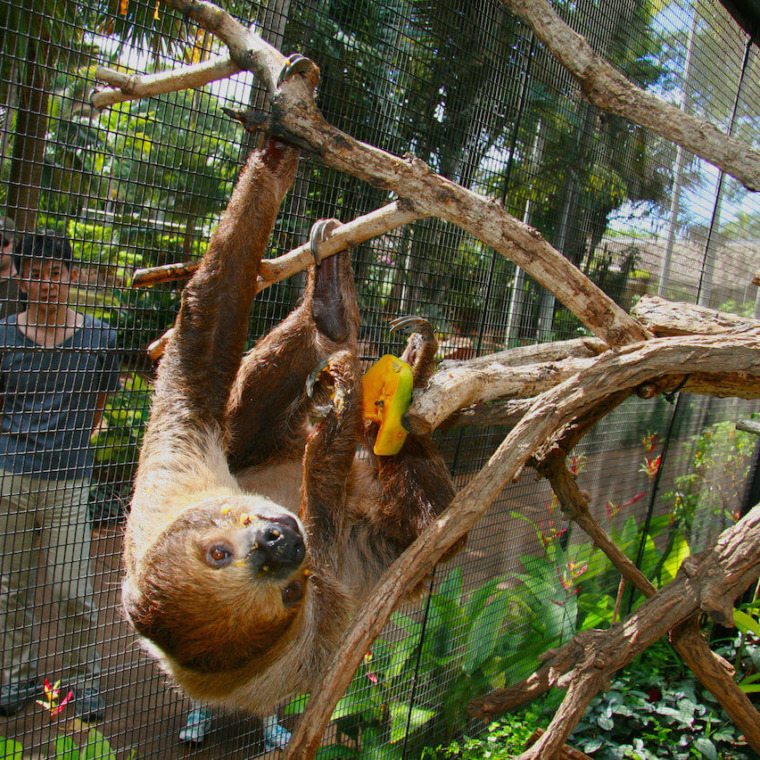
Sloths are found in Central and South America in the rain forest canopy. The Linne’s two-toed sloth is found in such countries as Nicaragua, Columbia, Venezuela, Surinam, Guyana, French Guiana, North Central Brazil, and Northern Peru.
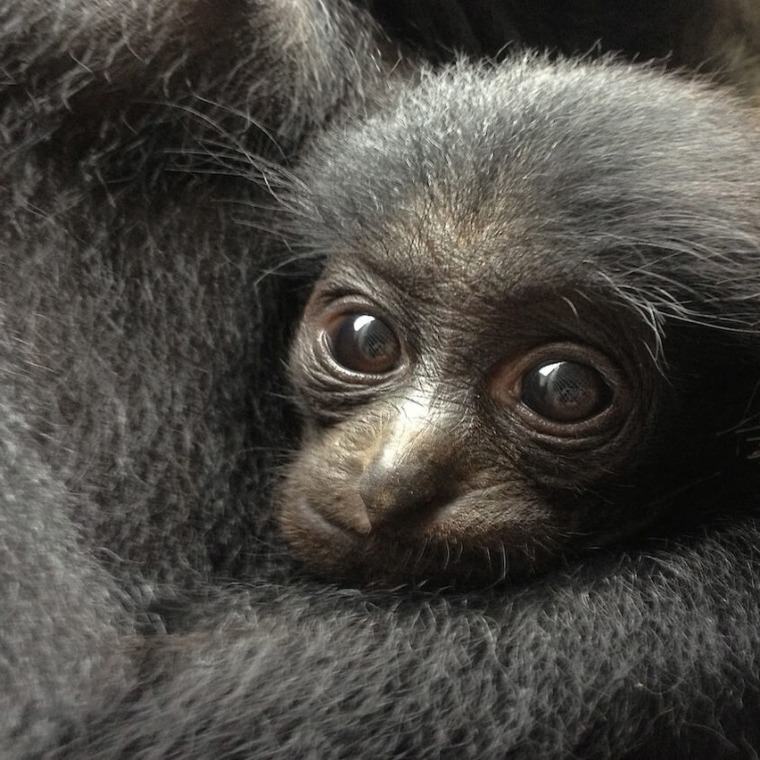
Siamangs range through southeastern Asia and are found in some numbers in the Malay Peninsula and Sumatra.


